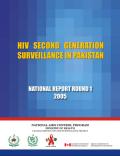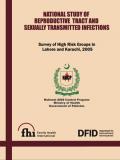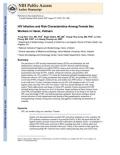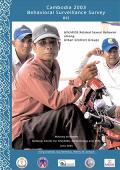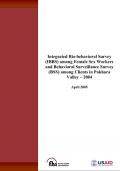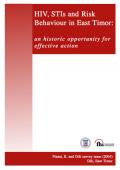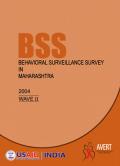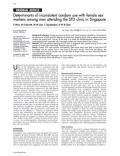Publications on Female Sex Workers (FSW)
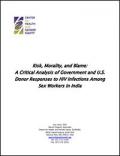
Resource | Publications,
India is one of five countries that—along with Russia, China, Nigeria and Ethiopia—were classified by the U.S. National Intelligence Council in 2002 as representing the second wave of the HIV/AIDS epidemic. HIV infections in India have moved from "high-risk" populations, such as commercial sex workers, into the general population. Yet, not surprisingly, sex workers remain disproportionately affected by the epidemic in India, with prevalence rates among them ranging from 40 to 60 percent in some parts of the country.






